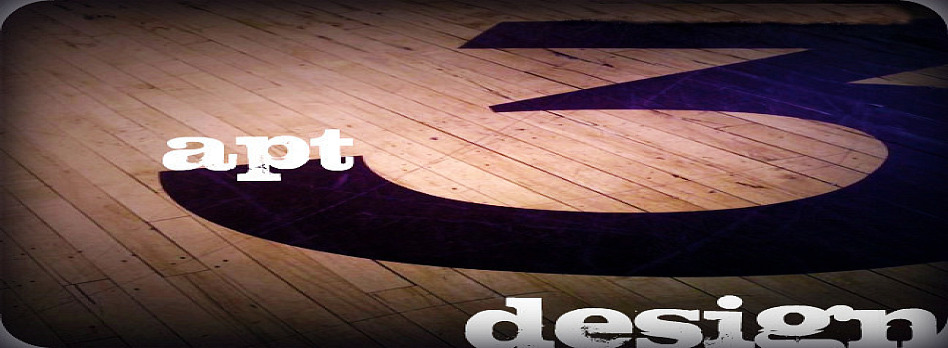
In 1970s Iran, Marjane 'Marji' Statrapi watches events through her young eyes and her idealistic family of a long dream being fulfilled of the hated Shah's defeat in the Iranian Revolution of 1979. However as Marji grows up, she witnesses first hand how the new Iran, now ruled by Islamic fundamentalists, has become a repressive tyranny on its own. When she is ten years old, her world changes overnight. Girls and boys have to use different doors to enter the school. She has to cover herself with a long dark veil. Grownups around her began to disappear. Marjane had several close encounters with the country's morality police and her teachers at school. Iraqi bombs fell on the street where she lived. With Marji dangerously refusing to remain silent at this injustice, her parents send her abroad to Vienna to study for a better life. However, this change proves an equally difficult trial with the young woman finding herself in a different culture loaded with abrasive characters and profound disappointments that deeply trouble her. Even when she returns home, Marji finds that both she and homeland have changed too much and the young woman and her loving family must decide where she truly belongs.[1]
My observations of the use of icons to convey ideology in the film:

As mentioned in our text, the women and girls wearing traditional veils throughout the film underscores the idea "sameness" among the females in general. Iranian women, outside of Marjane's family, are shown as objects more than individuals, and are not respected by the Iranian men. An example, below, shows a mother traveling on the rear of a scooter behind her husband and three children. The Iranian men are almost all drawn with beards and many have sideburns.
Throughout the film a number of buildings blazoned with political propaganda murals with negative messages using icons symbolic of The United States. One shows the American flag behind a stylized Statue of Liberty, wearing the face of a skeleton. Another depicts the US flag with a giant skull and crossbones across its center in a sketchy graffiti-style.
The schoolgirls share images of The Bee Gees and ABBA, and, as a pre-teen, Marjane becomes enamoured with the band, Iron Maiden. These music groups were and are iconic of the late 1970s and early 1980s. Marjane also wears Adidas sneakers, an icon brand representative of America, and popular in the 80s era.
When Marjane flees to Vienna as a teen, she is befriended by a group of Austrian nihilists, all wear only black, smoke home-rolled cigarettes and their "leader" sports the iconic hair style of the 1980s punk youth--the Mohawk.

This story is semi-autobiographical, and at the same time it has been deemed as a historical piece. Persepolis was not favorably accepted by the Iranian government, and deemed to be a inappropriate due to parts which they felt misrepresented certain achievements that resulted from the Revolution.
The art of this film makes it well worth watching even for those not as interested in the religious or political themes. I watched the full version from which we viewed a clip in class--subscribers can watch instantly Online via Netflix. The dialogue is in French with English subtitles; it has been translated to English since the release to DVD.




No comments:
Post a Comment
Share your thoughts: